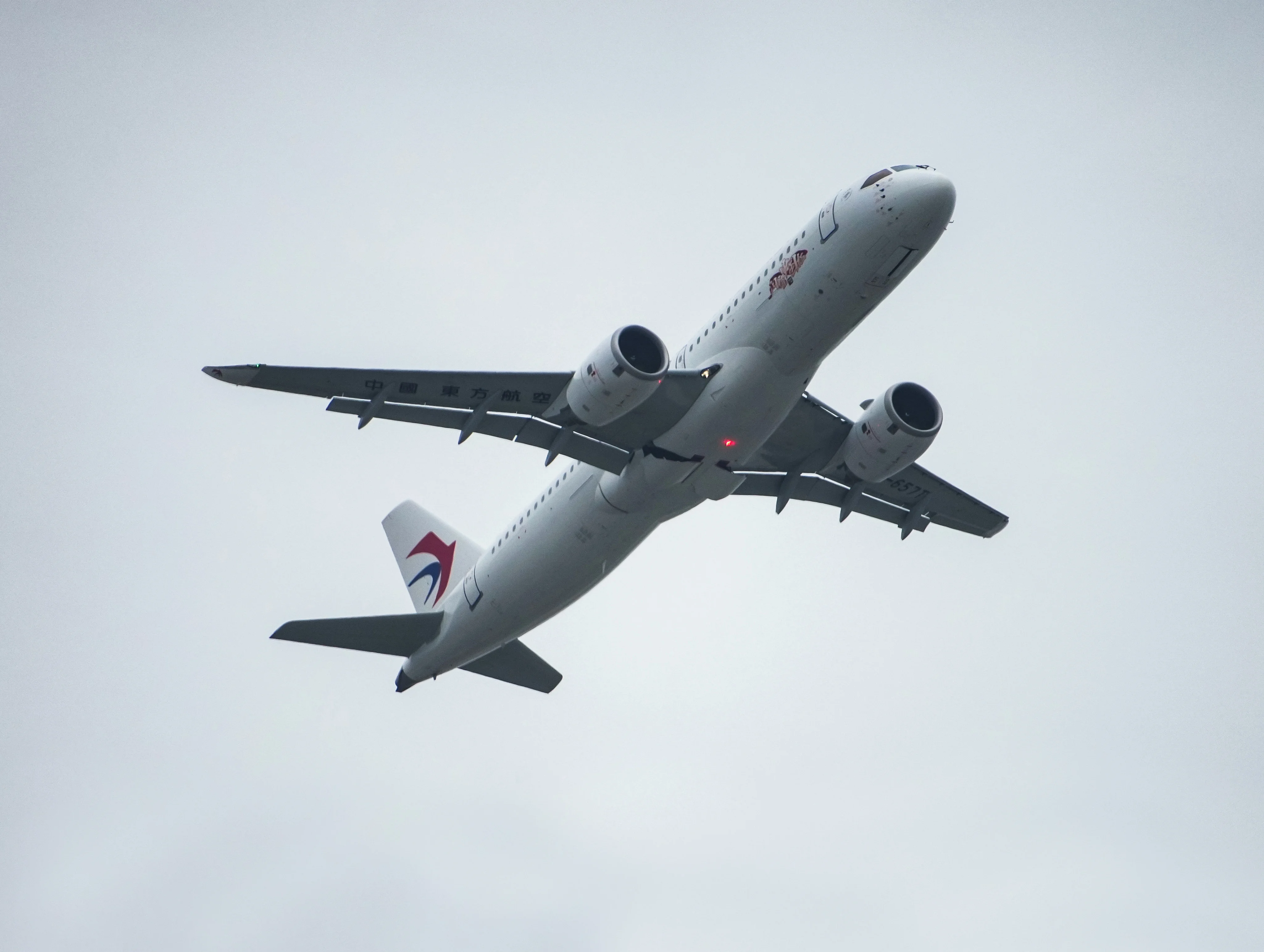By Ralph Jennings
China is expected to sustain production of its home-grown aircraft and expand access to foreign skies, following the United States’ removal of a ban on selling American jet engine parts and technology to Chinese buyers.
But analysts cautioned that earlier export restrictions imposed by the Trump administration had a chilling effect – one that could harden Beijing’s resolve to accelerate the development of indigenous engines and other critical components.
Sales resumed last week after a bilateral agreement on export controls was confirmed, Reuters reported. The deal allows Shanghai-based Commercial Aircraft Corporation of China (Comac) to import parts from a GE-invested joint venture.
Access to engines, which China does not yet mass-produce domestically, enables Comac to fulfil hundreds of orders for its narrowbody C919 aircraft at its current pace. Without them, the company would need to seek new foreign suppliers or speed up the development of a home-grown alternative, said Hugh Ritchie, CEO of Aviation Analysts International in Australia.
“Without access to that technology, essentially the US would control parts for Chinese aircraft,” Ritchie said. “It’s pretty important for Comac.”
In May, US officials suspended certain jet engine sales and related technologies, according to American media reports. But no major disruption was reported at Comac’s Shanghai factory, as it remains in the early stages of C919 production.
A joint venture between GE and France’s Safran Aircraft Engines supplies the LEAP-1C engine to Comac for its C919 aircraft.
Neither Comac nor GE responded to the Post’s requests for comment.
But the reported easing of US export rules could be tested as early as next month, said Lynn Song, chief Greater China economist at Dutch financial services firm ING. He noted it remains unclear whether a looming US deadline to reduce tariffs will impact bilateral negotiations.
“I would imagine the lifting of restrictions will last as long as US-China talks are moving in a productive direction, and as long as China’s end of loosening controls on rare earth exports continues.”
The two governments began trade talks after US President Donald Trump jacked up tariffs on China in early April, followed by tit-for-tat export controls on American jet engine technology and Chinese shipments of rare earths.
Independent aviation analyst Li Hanming stressed that access to American-made engines is “definitely very important” for Comac, which relies on GE for both the C919 and its older regional jet, the C909.
However, he added that developing a domestic backup – the CJ-1000 engine – is a long-term strategic goal not directly tied to changes in US trade policy.
Comac aims to challenge industry giants Airbus and Boeing for a share of the global narrowbody jet market.
The resumption of engine exports could also help prevent delays in securing permits for the C919 to operate internationally, Ritchie said, noting that foreign regulators would likely be reassured by the inclusion of US-approved parts.
The Chinese state-owned manufacturer is currently seeking certification for its C919 aircraft from the European Union Aviation Safety Agency.
Comac’s first C919 entered commercial service in 2023. With 18 of the jets currently in service, the company may face pressure to speed up home-grown innovation in case the US reinstates export controls, Ritchie said.
The Aero Engine Corporation of China (AECC) has also confirmed that a home-grown engine, the CJ-1000, is undergoing trials.
Comac began designing the C919 in 2009 using parts from multiple overseas suppliers. The aircraft, which can seat up to 192 passengers, is designed to rival the Airbus A320 and Boeing 737 aircraft families.
